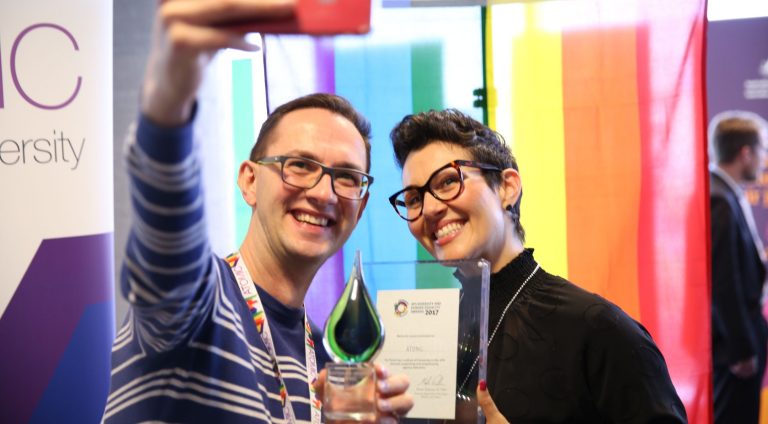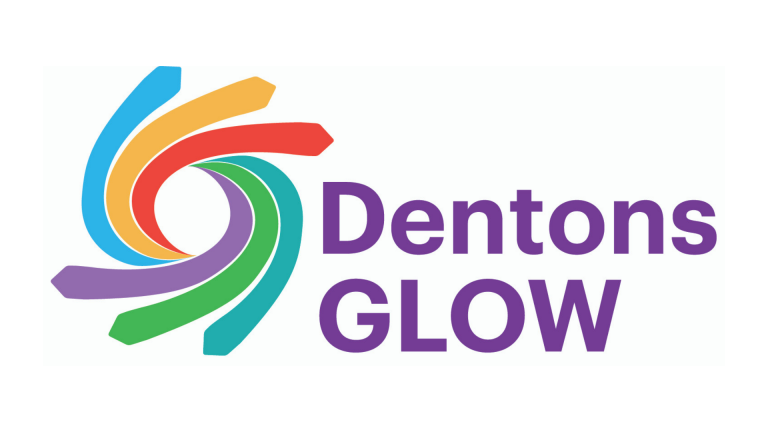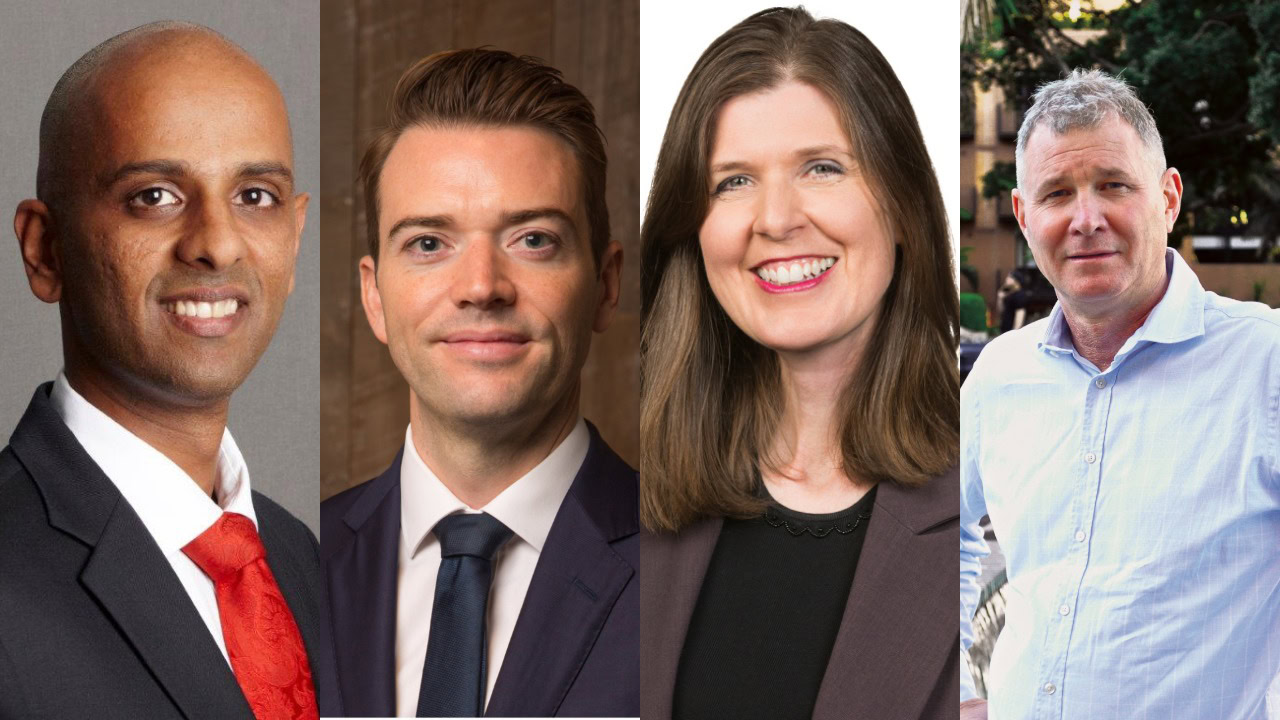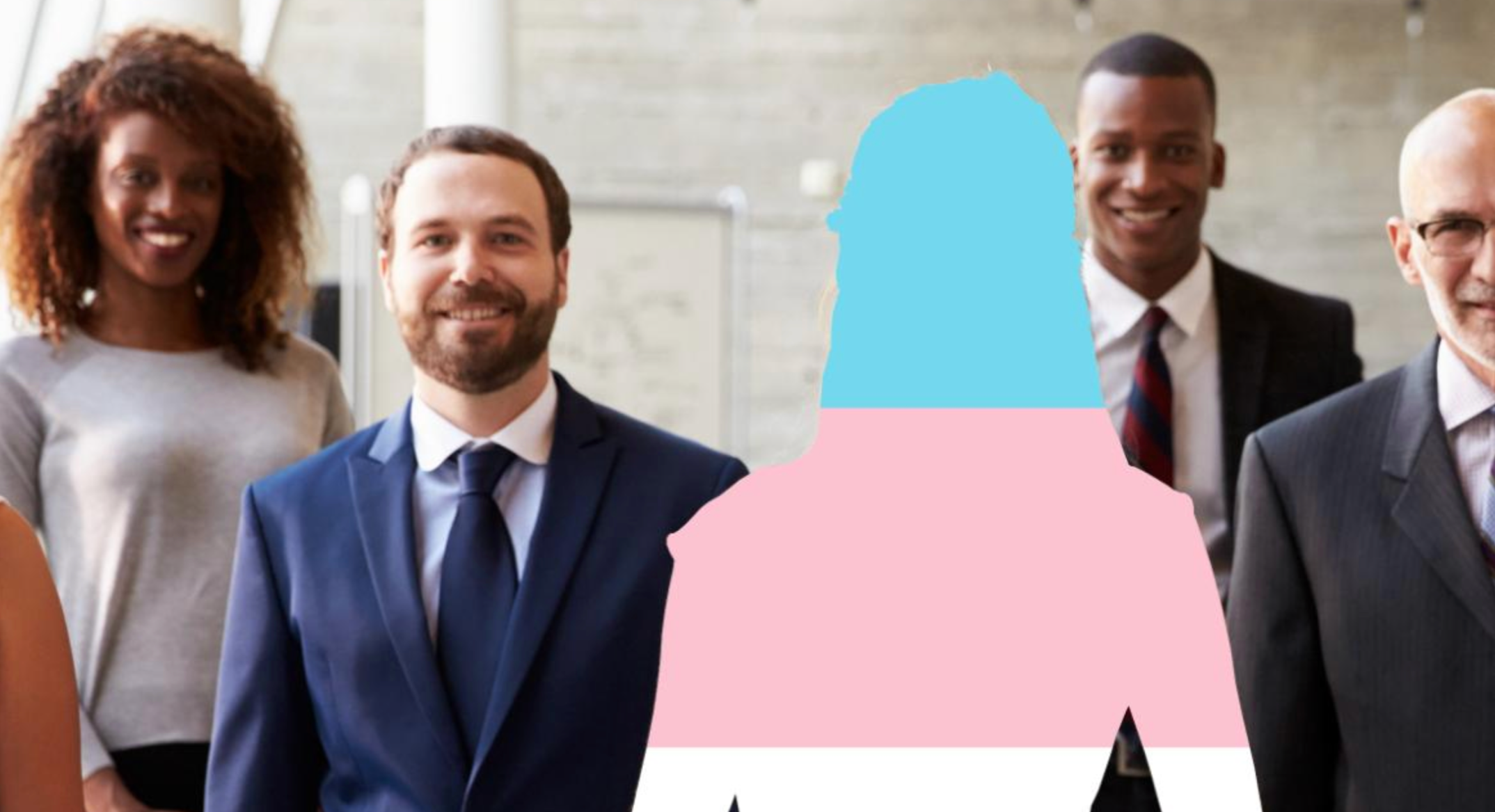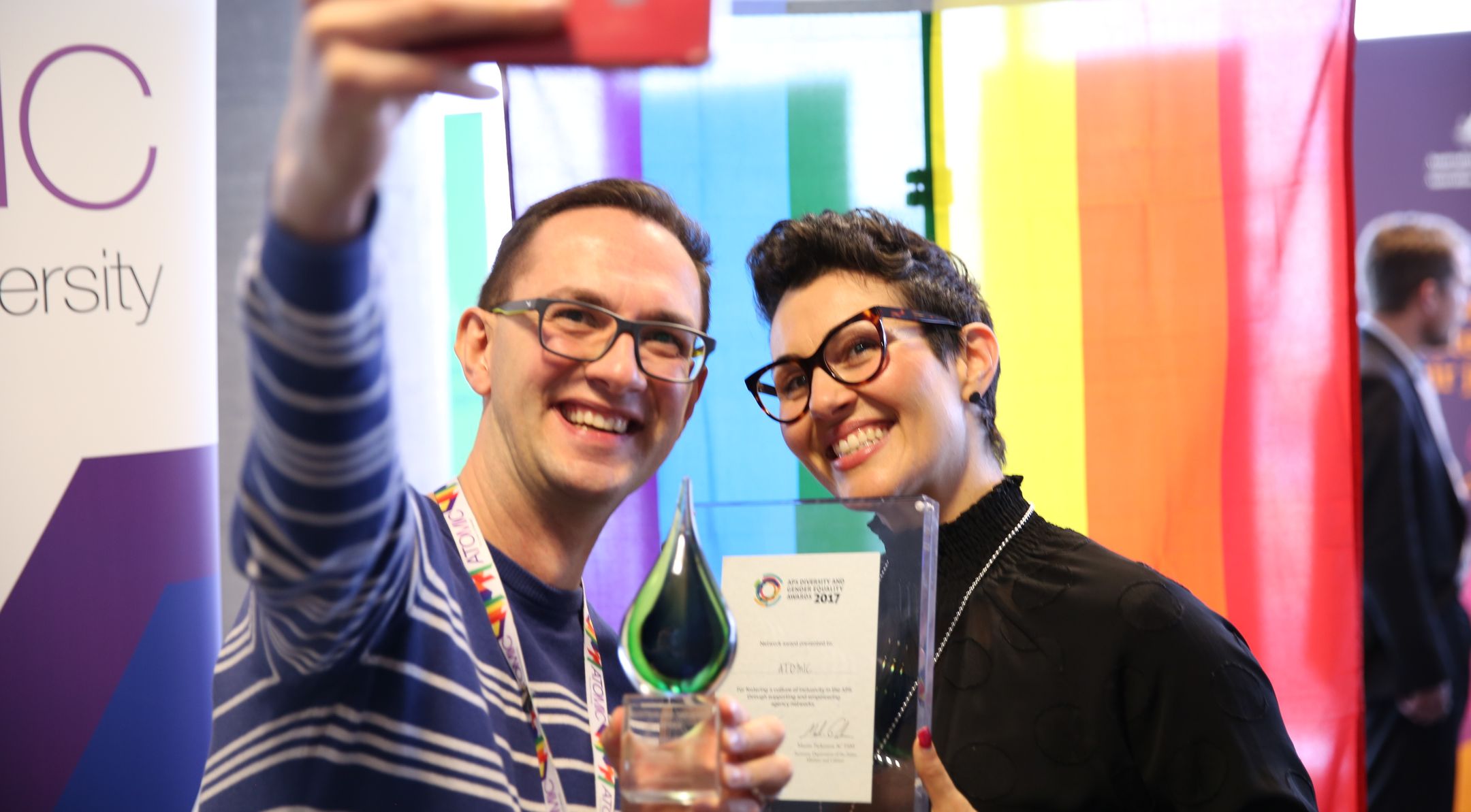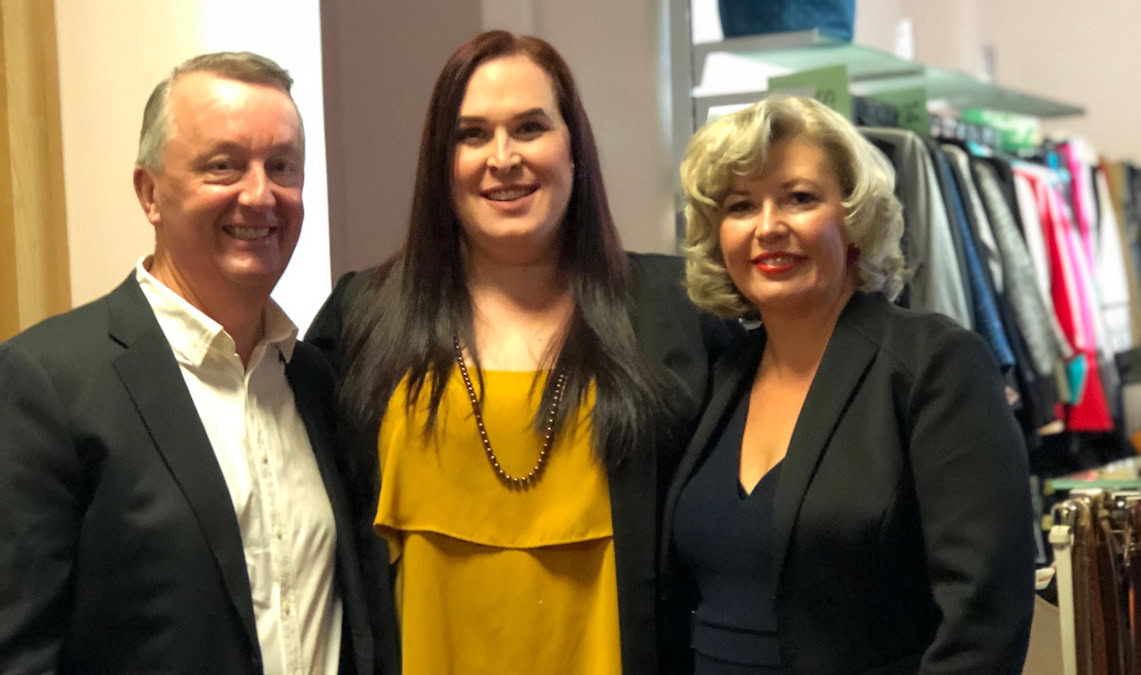
What it means to be LGBTQ and culturally diverse at work
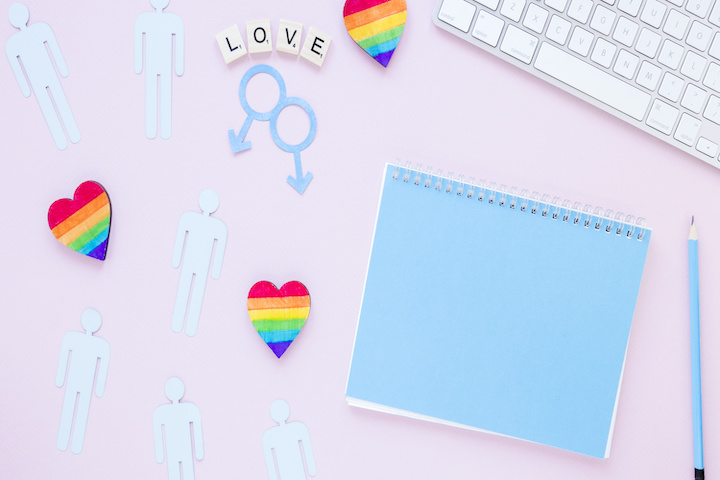
Written by Lisa Annese
As we kick-off this new decade, I’m pleased to see that research into the experiences of LGBTQ people at work has certainly come a long way in the last 10 years. It’s also encouraging to see that the experiences of other minorities in the Australian workforce, notably those from non-Anglo and non-white backgrounds, are increasingly considered through diversity and inclusion initiatives. These minority groups make up some of the many diverse identities that we celebrate every Harmony Day on March 21, no less with the ongoing theme: everyone belongs.
But does everyone, in fact, belong? A new report from Diversity Council Australia and Pride in Diversity indicates that 55 percent of nearly 200 people surveyed find that coming from a culturally and linguistically diverse background and identifying as LGBTQ negatively affects their work experience. These individuals reportedly face a ‘double whammy’ at work: racism and homophobia.
In fact, only those from organisations and businesses that explicitly value LGBTQ and/or culturally and linguistically diverse identities reported their identity as an advantage at work, representing just one in five of the people surveyed.
Until the release of the Intersections at Work: Understanding the Experiences of Culturally Diverse LGBTQ Talent report, research into workplace diversity and related initiatives for inclusion tended to focus on identities in silos: LGBTQ or culturally and linguistically diverse (non-Anglo and non-white) identities.
In reality, however, identities are not so clear-cut. Identities are fluid and personal, and intersect infinitely. To disregard this would be to disregard the thousands of LGBTQ people in Australia’s workforce who also come from culturally and linguistically diverse backgrounds; 30 per cent of Australian workers identify with more than one cultural background, according to earlier research from Diversity Council Australia.
This ‘double whammy’ of what it means to exist in workplaces with one’s dual or multiple identities at play is often unseen or under-considered as far as research, and diversity and inclusion initiatives go. And yet, the more complex and intersectional one’s identity, the more likely someone is to experience exclusion at work. What’s more is that intersectional identities, such as those of culturally diverse LGBTQ people, can mean that someone experiences a diminished sense of belonging to one group because of their other identity.
People with intersectional identities are often left feeling invisible – if you don’t explicitly feel yourself counted in, you’ll automatically feel yourself counted out. For example, a visibly Muslim woman who is also a lesbian will often feel invisible at work because of the assumption and prejudice that she would not be comfortable being ‘out’ because of her religion and culture. This leaves her excluded from LGBTQ communities at work and more widely. Conversely, as an out lesbian, she may also be excluded from her cultural and linguistic community because of her sexual identity.
This experience of marginalisation only increases the more complex and intersectional one’s identities are. Add disability, Aboriginality, age and gender and you will likely see additional exclusion.
So why should we be concerned? Why is it important to ensure that everyone actually belongs this Harmony Day and beyond? Not only is it the right thing to do from a moral standpoint, but ensuring people are comfortable expressing their dual or multiple identities at work also improves their engagement with colleagues and customers, increases productivity and innovation and the inclination to stay with the job.
DCA’s Inclusion@Work Index found that inclusion at work more broadly benefits everyone (not just people from minority groups), and boosts employee performance and wellbeing.
And what’s more, according to Pride in Diversity’s 2019 Australian Workplace Equality Index, some 78 per cent of LGBTQ individuals from culturally and linguistically diverse backgrounds feel it is important to be ‘out’ at work; 50 per cent reported the positive impacts listed above.
Ultimately, being able to be open about one’s LGBTQ identity allows people from diverse cultural and linguistic backgrounds to feel authentic and free to talk about their life, partner and community at work, according to the Pride in Diversity equality index.
So how can we harness these positive results and make our workplaces truly inclusive? The first step is recognising that intersectional identities exist in and outside the workplace and often lead people with multiple identities to experience multiple forms of discrimination. Next, we must promote the intersectional nature of diversity in all diversity training – identities do not exist in isolation of one another.
Cultural and LGBTQ awareness education should also be part of all workplaces. This education would facilitate a greater understanding of the sensitivities of coming out for an LGBTQ person from a culturally diverse background. It’s important that everyone understands that: “Those who come out may have had a very traumatic experience while those who remain closeted are terrified of the potential consequences,” wrote a bisexual Filipino-Chinese woman who participated in the study.
Encouraging more diverse people to get involved with leading diversity and inclusion initiatives, and making space for them to do so, will also help ensure their voices are heard and their needs are met. Increasing the visibility and active participation of culturally diverse LGBTQ staff, including as leaders and role models, would make a big difference, too.
These are just some measures we can put in place towards ensuring that everyone truly belongs. This Harmony Day offers the perfect moment to get started at your workplace – don’t delay!
Lisa Annese is Chief Executive Officer of Diversity Council Australia.

